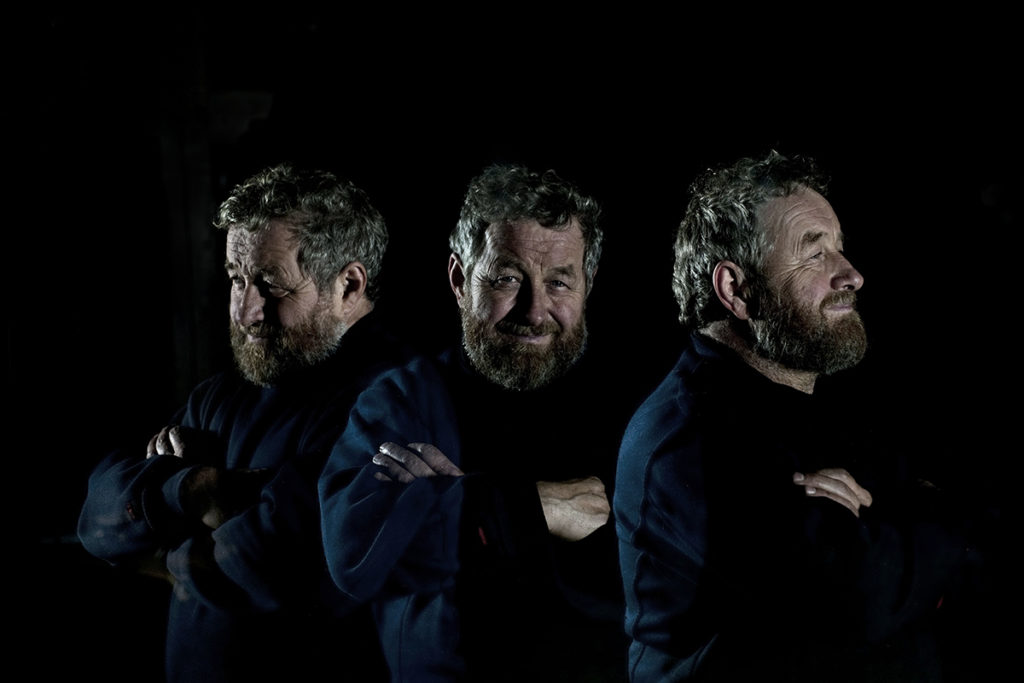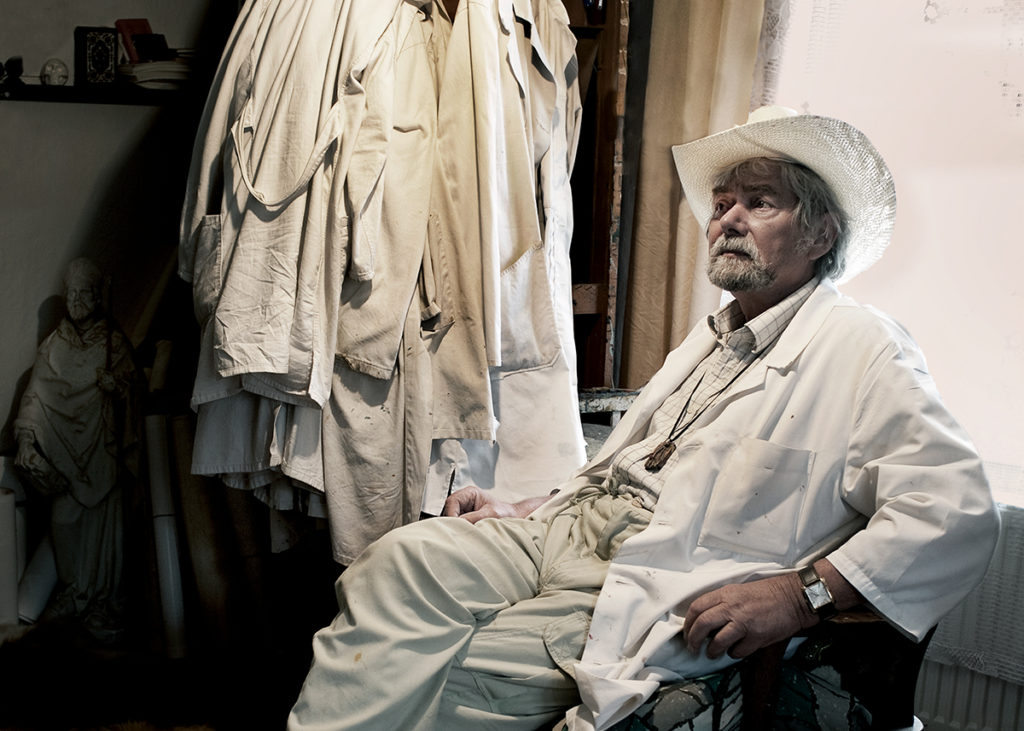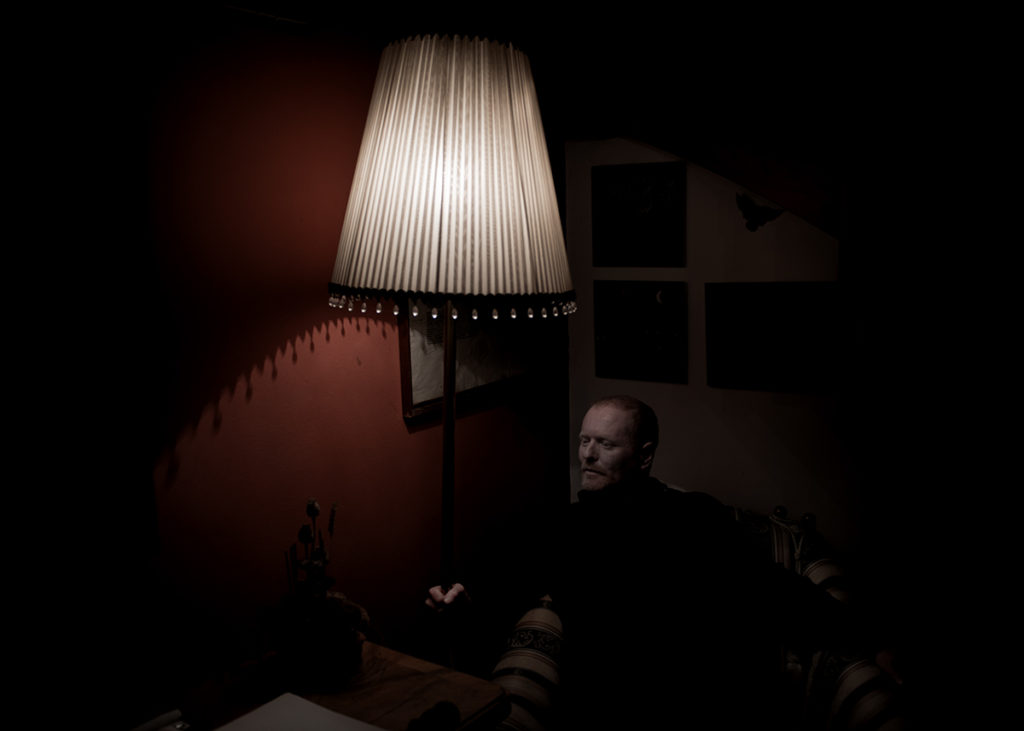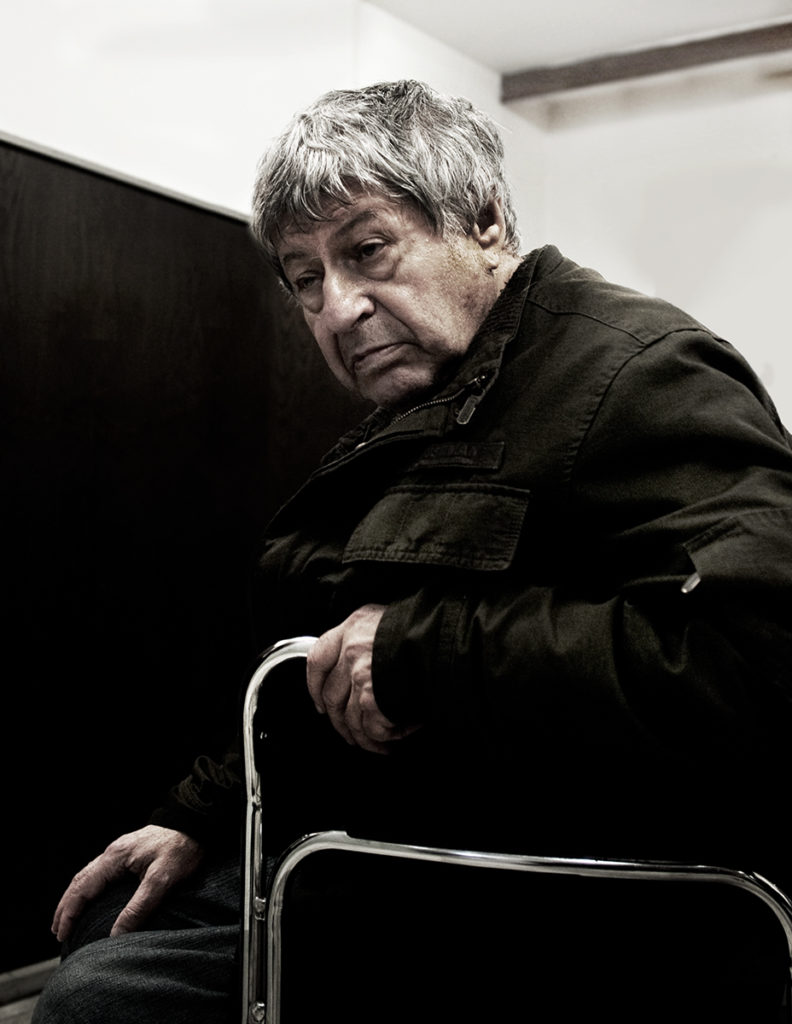In practice, the artist describes the search for natural laws in the proportions of the human figure, towards the search for ideal beauty in the order of mathematical proportionality, in the capture of uniqueness. All shapes are always in relation to something, to each other and to the surrounding environment. They are looking for ways to express a unique charm. It is sought and given in the inclination of the neck, in the posture, in the movement of the hands, in the subtly accentuated deviations from type, in the distance of the eyes and in the proportional distances of the nose and mouth, the curve of the firm lips softens, the firmly cut nostrils become sensitive.
The works even highlight features of ugliness, which are, however, gently corrected by the artist, even amplified into beauty. For a portrait, it is a matter of course to capture personal peculiarities in the shaping of the muscle parts of the face and body. Realism conditioned by an interest in the human nature of man is manifested mainly in the expression of sensitivity.
The content of the portrait is a person, and at the same time the artist’s distant and deep view becomes a new view that is recorded and immortalized in his work. The artist tries to capture the beauty of the soul, its spiritual essence, and then present it as best as possible in a portrait.
It is often based on the feeling that the photographer feels for the portrait and which he tries to capture with the image. Its precise definition is often problematic, because (unlike a portrait as a state of the soul) it often involves very subtle and hidden connections.


The photographer often exhibits or exposes and accepts different identities.
The Habermanns are a Czech-German family, at the center of which was the blacksmith master Alfred Habermann, who was at the birth of the international blacksmith festival Hefaiston at Helfštýn Castle. In the Highlands, there are several blacksmith workshops of the Habermann family, which have dedicated their lives to black craftsmanship for four generations. Part of the family was displaced after the war, lives in Baden-Württemberg, originally in West Germany, and part remained here. The photos were taken at three blacksmiths from the Habermann family.








